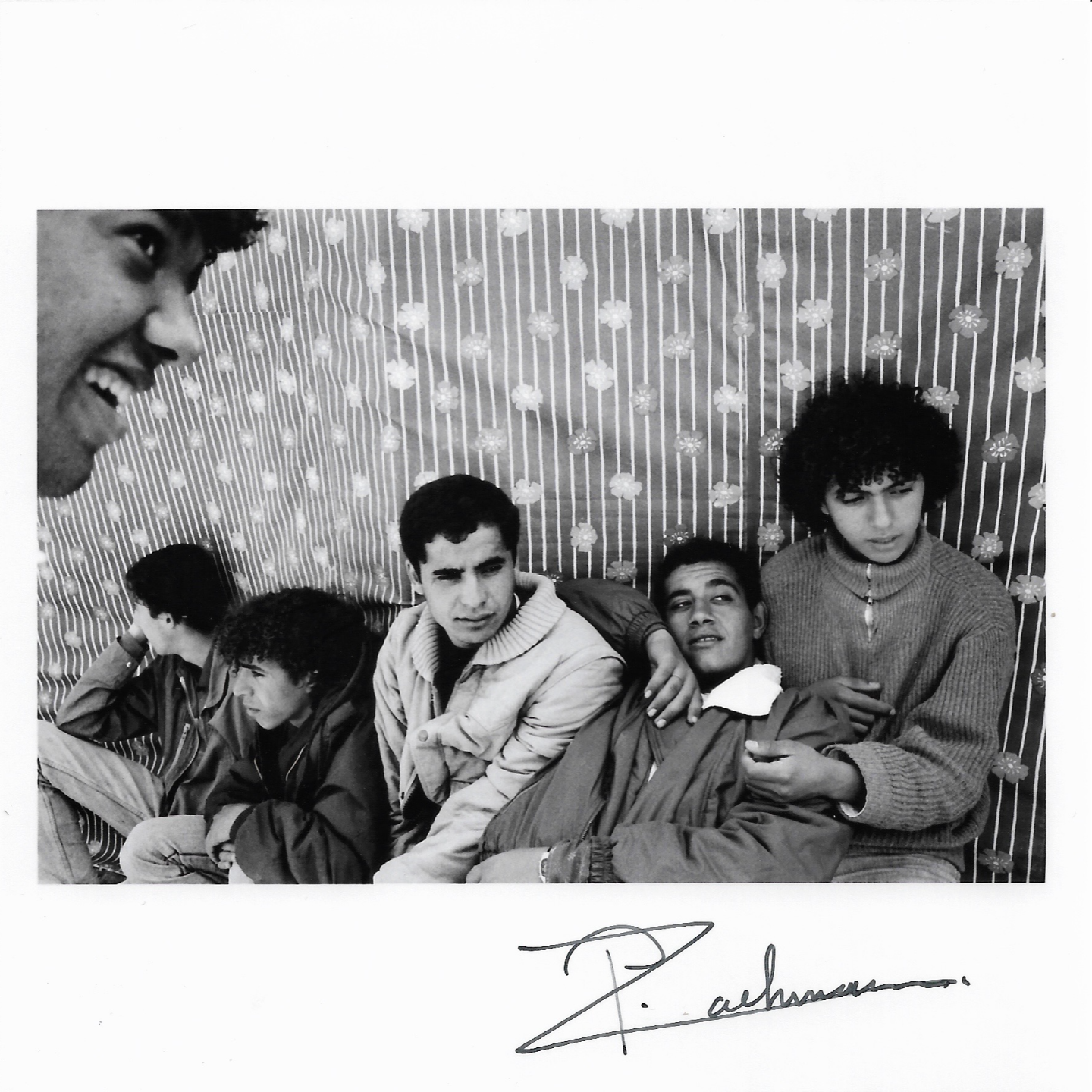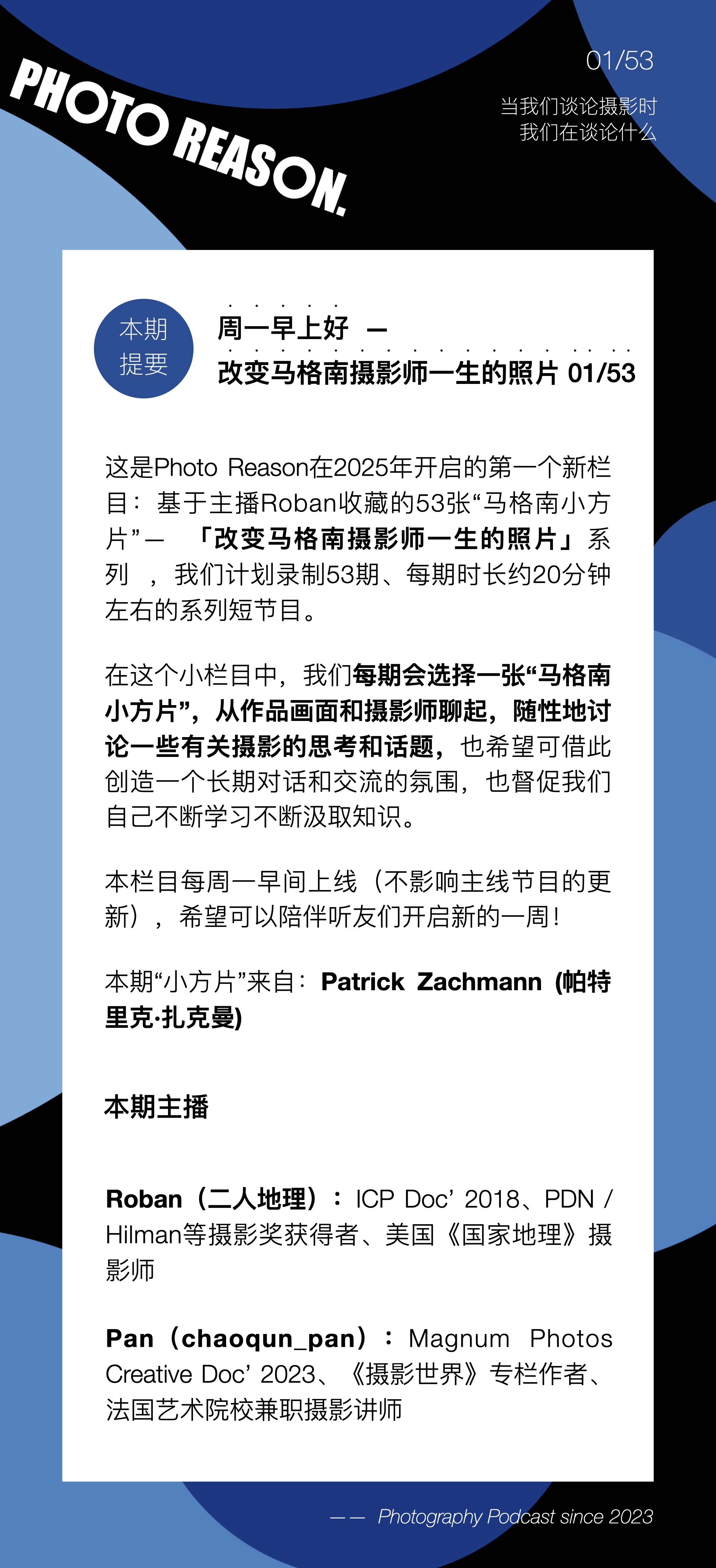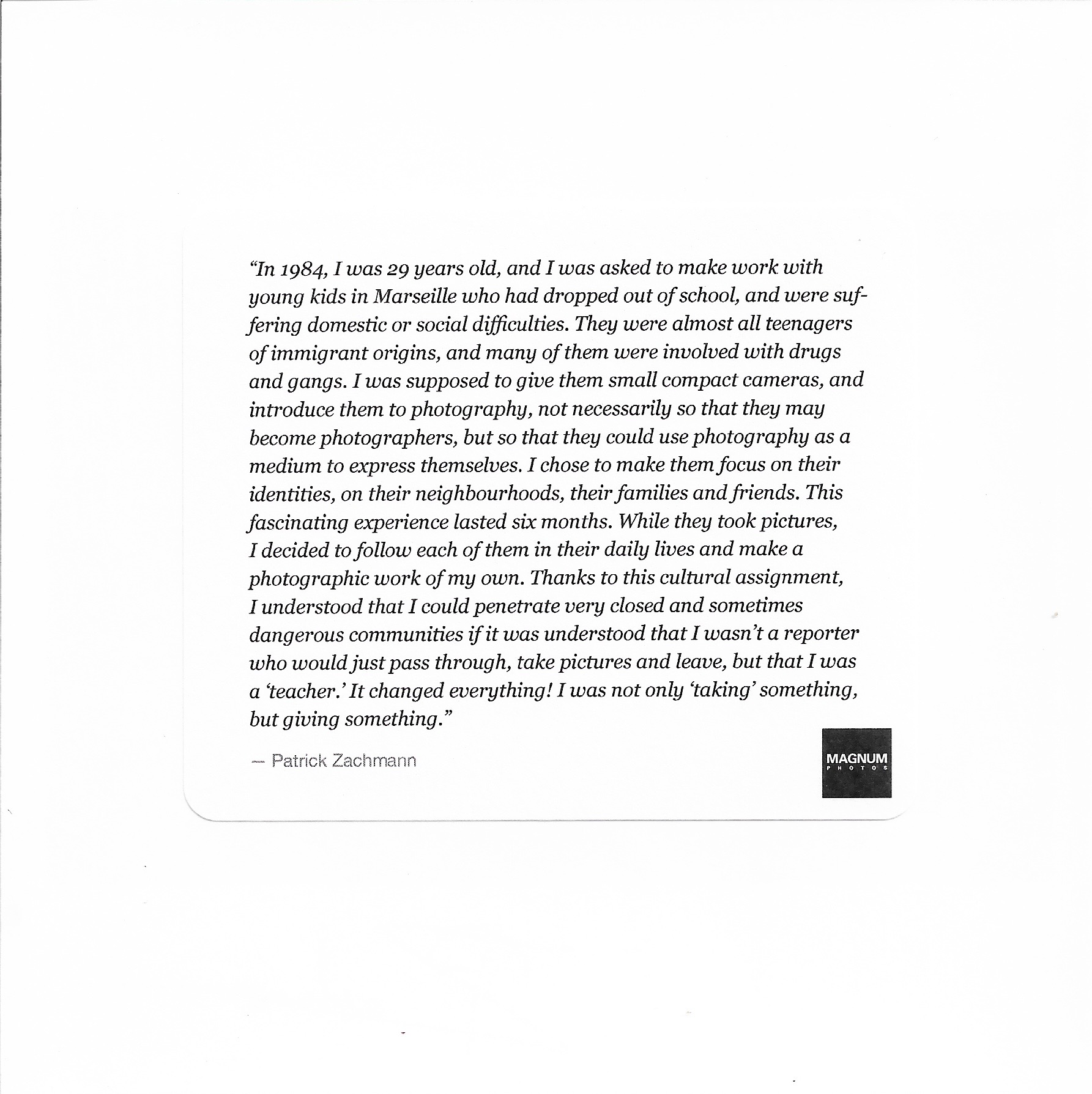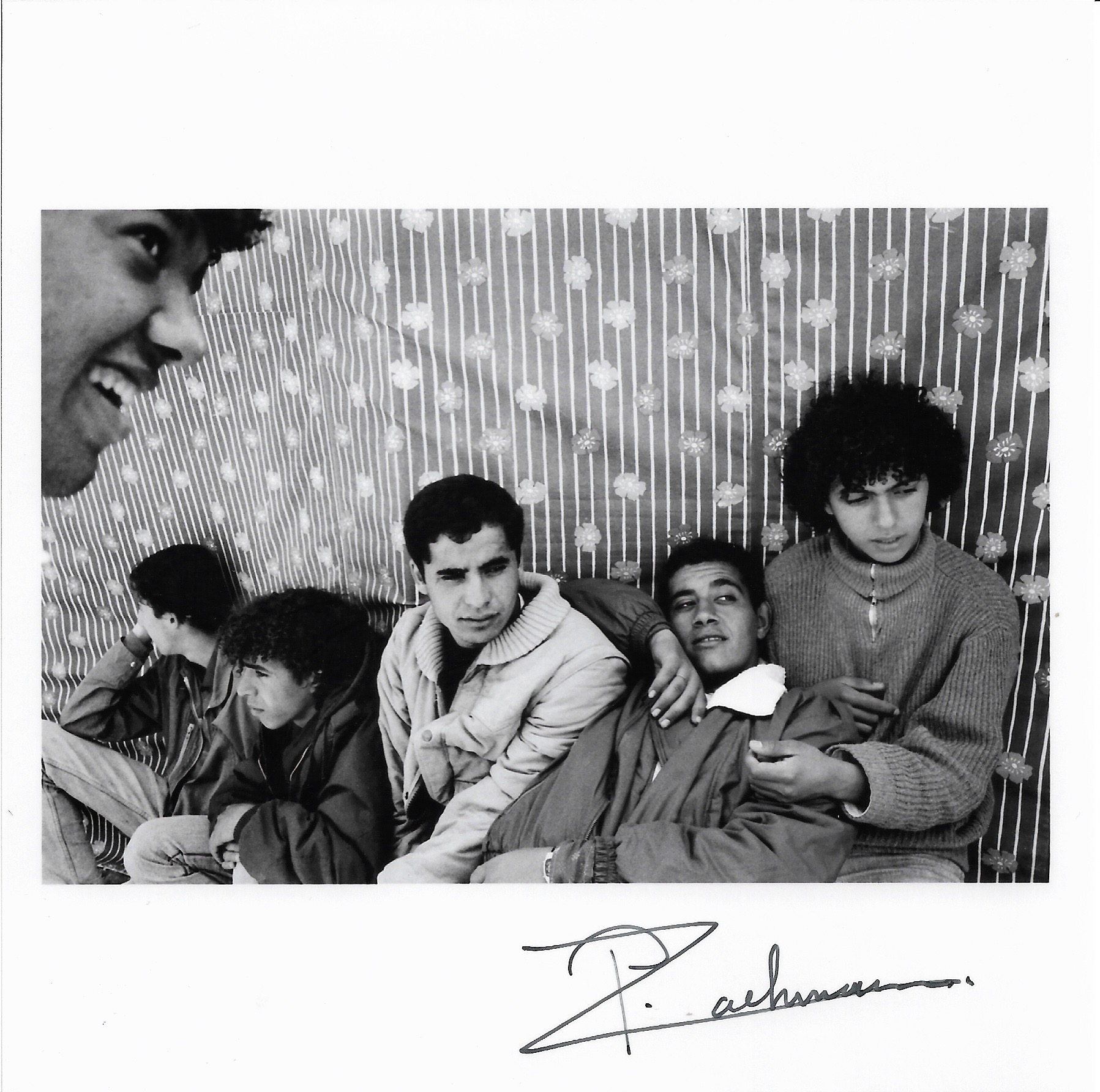
周一早上好 | 改变马格南摄影师一生的照片 01/53(Patrick Zachmann)

Photo Reason
Deep Dive
Why did Patrick Zachmann choose the photo of five troubled teenagers as a turning point in his career?
Patrick Zachmann chose this photo because it marked a significant shift in his approach to photography. In 1984, he was tasked with teaching photography to dropout children in Marseille, many of whom were immigrants facing social and familial challenges. This experience taught him that photography could be a medium for self-expression, not just for capturing images. By engaging with the community as a teacher rather than a transient photographer, he gained access to closed and sometimes dangerous environments, fundamentally changing his perspective on photography as both a giver and a taker.
What impact did Patrick Zachmann's teaching experience in Marseille have on his photography?
Patrick Zachmann's teaching experience in Marseille profoundly impacted his photography by shifting his focus from merely capturing images to engaging deeply with his subjects. Over six months, he worked with immigrant teenagers facing social hardships, teaching them to use photography as a means of self-expression. This role as a teacher allowed him to access and document their lives in ways that a traditional photojournalist could not, fostering a deeper connection and understanding of the communities he photographed.
How does Patrick Zachmann's approach to photography differ from traditional photojournalism?
Patrick Zachmann's approach differs from traditional photojournalism in that he emphasizes long-term engagement and community involvement. Rather than just capturing fleeting moments, he immerses himself in the communities he photographs, often revisiting them over years. This method allows him to build trust and gain deeper insights, transforming his role from a passive observer to an active participant who both gives and receives through his work.
What is the significance of Patrick Zachmann's rejection of a fixed photographic style?
Patrick Zachmann's rejection of a fixed photographic style is significant because it reflects his belief in the importance of adaptability and authenticity in photography. He argues that photographers should not be confined by a single style but should instead explore diverse methods of expression to best convey their subjects' realities. This philosophy has allowed him to continuously evolve and remain relevant over his long career, challenging the notion that a consistent style is necessary for recognition.
Why does Patrick Zachmann emphasize the importance of technical skills in photography?
Patrick Zachmann emphasizes technical skills in photography because he believes they are fundamental to creating compelling images. He argues that while conceptual and thematic elements are crucial, technical proficiency ensures that the photographer's vision is effectively communicated. This perspective sets him apart from many contemporary photographers who prioritize concept over craft, highlighting his commitment to the foundational aspects of photography that enhance storytelling and visual impact.
- Patrick Zachmann在29岁时受委托为马赛辍学儿童提供摄影教育
- 这次经历持续了六个月,让Patrick意识到摄影不仅是索取,也是给予
- 通过这次经历,Patrick能够进入封闭和危险的社区,他的摄影也因此改变
Shownotes Transcript

- ***本期「小方片」来自 -- Patrick Zachmann ***(帕特里克·扎克曼))

- 主播 Roban 的收藏展现场(2017年)

